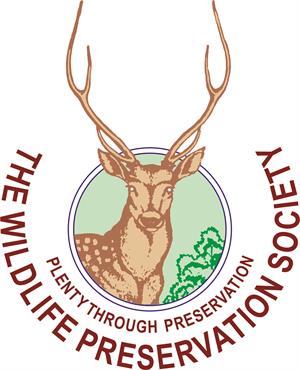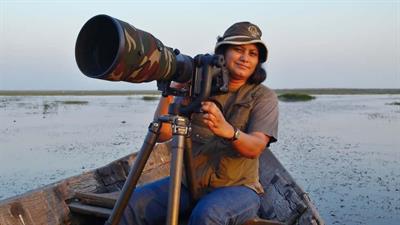PDF chapter test TRY NOW
In \(1972\), the Wildlife Protection Act was established. The provisions of the Wildlife Protection Act include:
1. Prohibits killing or slaughtering, and hunting of specified animals.
2. Constitute wildlife sanctuaries, national parks, and closed protected regions for wildlife conservation.
3. Special conservation schemes for the preservation of endangered species.
4. Establish a Central Zoo Authority and recognition of zoos.
5. Restriction, regulation, or prohibition of trade in wild animals and their products.
Organisations involved in conservation of wildlife:
1. Indian Board for Wildlife (IBWL): Due to the rapid decline in wildlife populations, the Indian government established the Indian Board for Wildlife (IBWL) in \(1952\) as an advisory body. It is primarily in charge of promoting wildlife conservation and the development of wildlife and forests.
2. World Wildlife Fund (WWF) for Nature: WWF India was established to conserve the country's wildlife and natural habitats. The mission of WWF is to "stop the degradation of the planet's natural environment and develop a future in which humans live in harmony with nature".

Logo of WWF
3. World Conservation Union (WCN)
4. International Union for Conservation of Nature and Natural resources (IUCN): The IUCN is an international organization that works in nature conservation and sustainable use of natural resources. It was founded in \(1964\) to maintain a complete record of all species that lived.

Logo of IUCN
5. Convention of International Trade in Endangered Species (CITES): CITES is an international agreement between governments to regulate trade of wildlife and wildlife products worldwide. Its goal is to ensure that international trading in wild animal and plant specimens does not threaten the species' survival.

6. Bombay Natural History Society (BNHS): BNHS is a pan-India wildlife research organization that has promoted the cause of nature conservation since \(1883\). The mission of BNHS is the conservation of nature, primarily biological diversity, through research, education, and public awareness.

7. Wildlife Preservation Society of India, Dehradun: The Wildlife Preservation Society of India, with headquarters in Dehradun, was established on \(April \ 13\), \(1958\). It aimed to address the issue of India's vanishing wildlife from a 'public' perspective.

Wildlife conservation initiatives in India:
1. Project Tiger and Project Elephant were launched in \(1973\) and \(1992\), respectively.
2. In \(1976\), the Crocodile Conservation Project was launched.
3. In \(1999\), the Sea Turtle Conservation Project was launched.
4. By \(2020\), the Indian Rhino Vision \(2020\) goal is to conserve at least \(3000\) greater one-horned rhinos in Assam, India.
Important!
Rathika Ramasamy, from Venkatachalapuram village, Theni District in Tamil Nadu, was the first Indian woman to strike an international reputation as a wildlife photographer. Her passion lies in bird photography. In November \(2014\), a wildlife photo book titled "The Best of Wildlife Moments" was published.

Reference:
https://www.flickr.com/photos/wildsingapore/2666778901/in/photostream/
https://weather.com/en-IN/india/travel/news/2020-02-21-clicking-with-nature-wildlife-photographer-rathika-ramasamy
